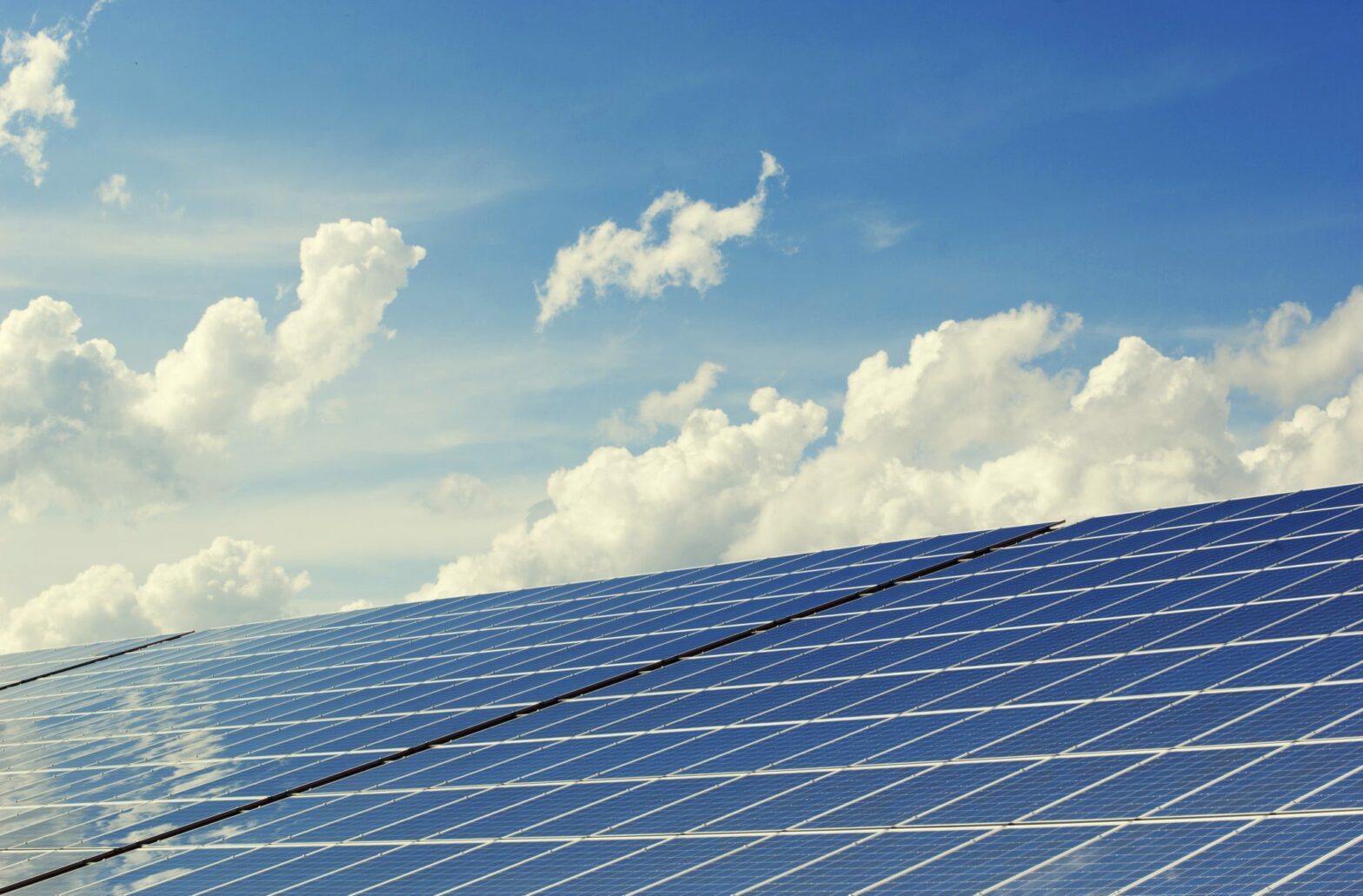It’s easier these days to access renewable energy resources than ever before. The cost of installing solar panels on your home or business has become much more financially feasible for more people. Looking back to 2017, for those using solar energy at home, the cost of solar panel installation has gone down by 6.5%. This means that as time goes on hopefully more and more people will be able to transfer some amount of their electricity to solar.
Ready to bring a little more sunshine into your life with solar energy?
Here are three technologies that use solar power to make your home more efficient.
Solar Water Heating
Solar Water Heating – This works by the conversion of sunlight into heat for water heating using a solar thermal collector. Configurations vary depending on cost, climate and latitude, but essentially a sun-facing collector heats a working fluid that passes into a storage system for later use. A solar water heater can be both active, meaning they have a pump to move fluid along, or, passive and driven by natural convection. These systems can also use water only, or a combination of both water and a working fluid within the pump system. A solar water heater can either be heated directly or via light-concentrating mirrors and with larger-scale installations, mirrors might concentrate sunlight into a smaller collector. They can also function 100% on their own or as a hybrid with your gas or electric water heaters.
Solar Air Condiitoning
Solar Air Conditioning– There are three ways that this is typically done:
- Passive solar – Firstly this has to do with the way in which a building is created; walls, floors, and windows are made to collect, store, reflect. In the winter the system would distribute solar energy in the form of heat and in the summer the system simply rejects solar heat. This is called passive solar design because it does not involve the use of mechanical and electrical devices.
- Solar thermal energy conversion – There are three types classified by the United States Energy Information Administration; low-, medium-, or high-temperature collectors. Low-temperature collectors are generally used to heat swimming pools or to heat ventilation air. Medium-temperature collectors are also usually used for heating water or air for residential and commercial use. High-temperature collectors concentrate sunlight using mirrors or lenses and are generally used for fulfilling heat requirements for things like electric power production.
- Photovoltaic conversion (sunlight to electricity) – This conversion can be easily used as this kind of technology can convert sun energy into many different kinds of uses. Air conditioning is most commonly used in residences. However, since photovoltaic conversion cooling’s cost-effectiveness depends largely on the cooling equipment and given the poor efficiencies in electrical cooling methods until recently it has not been cost-effective without subsidies. Luckily more efficient electrical cooling methods are coming onto the market and allowing longer payback schedules.
Solar Oven
Solar Oven – Sometimes called a solar cooker, this device uses the energy of direct sunlight to heat or cook food. Most solar ovens are relatively inexpensive, low-tech devices. They can be easily bought or built at home and can be as powerful as a traditional stove or oven. In fact, because they use no fuel and cost nothing to operate, many nonprofit organizations are promoting their use worldwide in order to help reduce fuel costs and air pollution for lower-income populations. They work by concentrating sunlight using a mirrored surface onto a small cooking area, then convert the light energy into heat energy by concentrating the light energy on a receiver material, such as a pan, it is important to use materials that can retain heat. Heat is then trapped and can be used for cooking.
